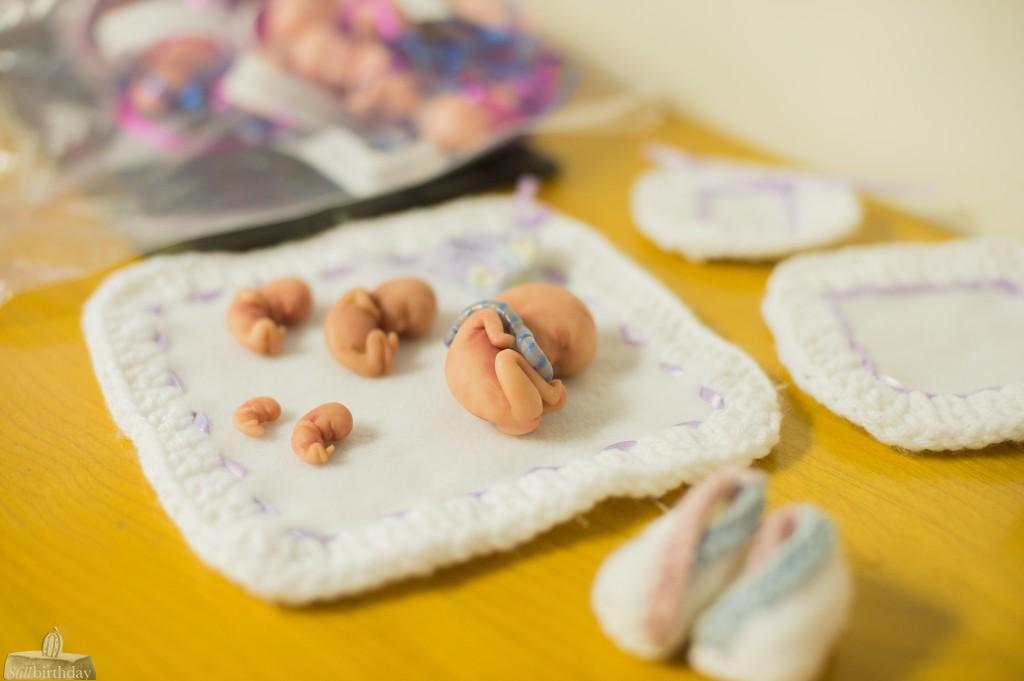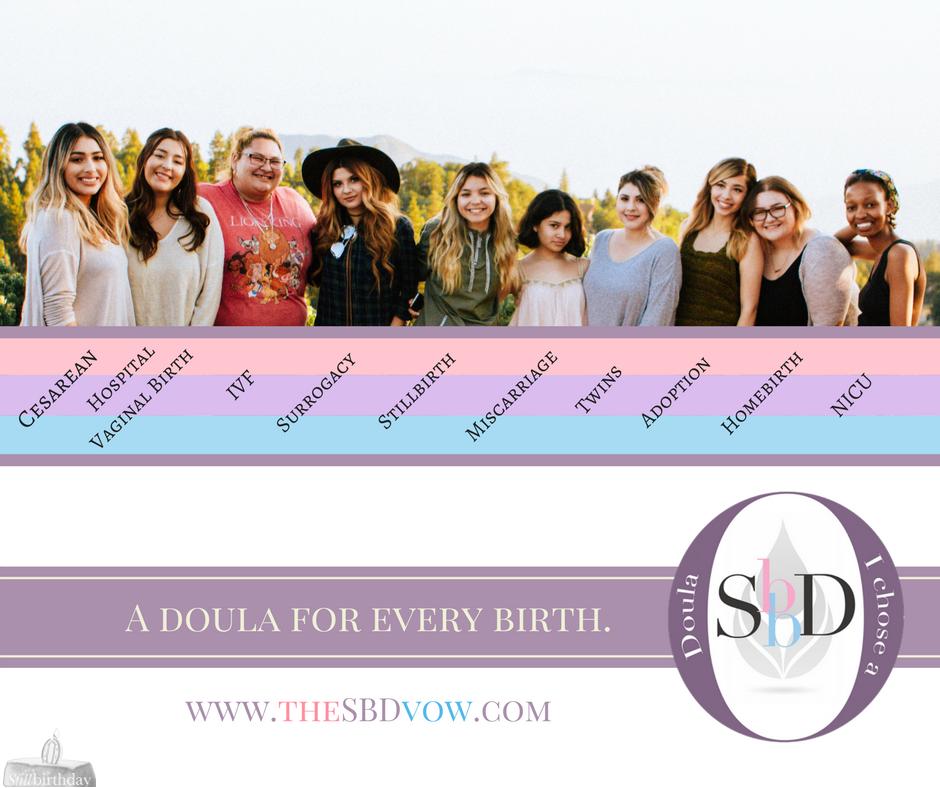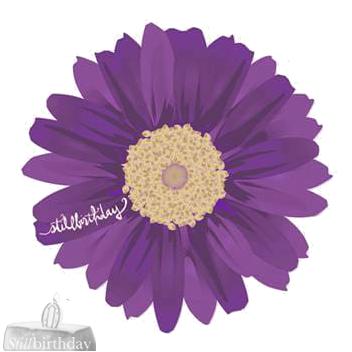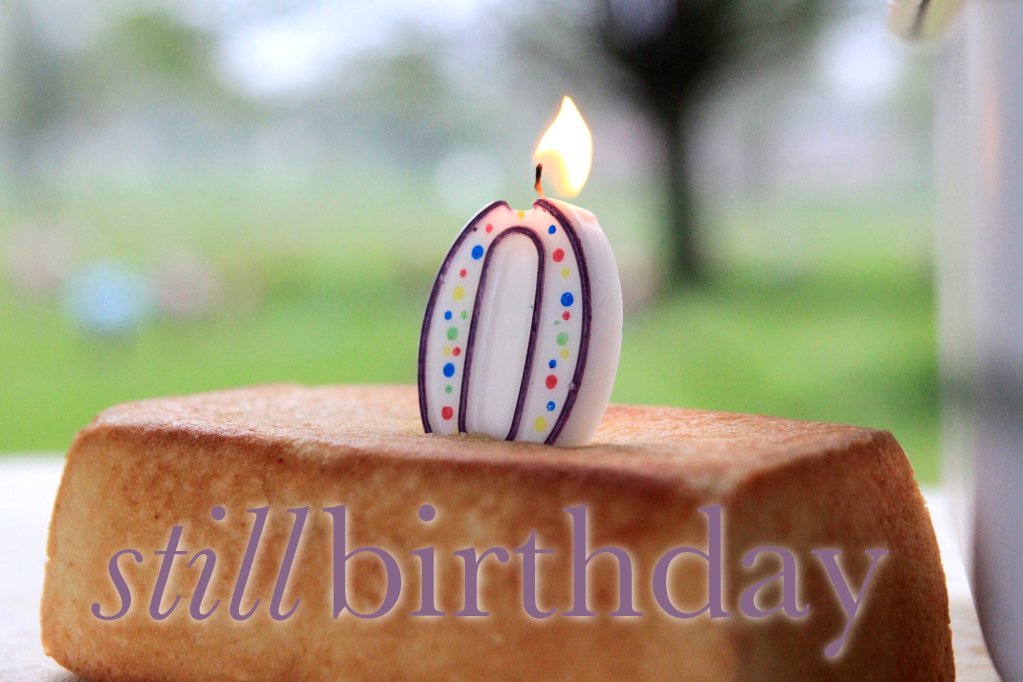Here are suggestions when photographing a baby not alive.
The most important suggestion, is to remember you are photographing a baby. A beloved baby. Your work begins before you enter the space, and begins with authentic humility and the greatest reverent love your heart can hold.
Photos you might take as you enter the birth space:
- The parents’ car
- The outside of birth place
- Nurses station or other signs to where the family are (maternity level or emergency room)
- The outside of birth room/room number
- Clock at intervals/event milestones
- Parents after your introduction
- Any of their items/baby items
- Siblings or colorings from siblings (you can take a photo of their phone if they have any saved to that)
- Drinks, snacks, or other things that can serve to mark points of the labor, such as guests
- Parents – laughing, hugging, crying
- Crowning (hold in separate file for the mom)
- Early bonding
- As you leave, the clock or something outside to show the time change
To photograph the baby, here are some helpful tips:
- Begin taking pictures during pregnancy, the birth and as possible after birth. The physical form of the baby may change rather rapidly.
- Close-ups of the baby’s hands and feet, and of the entire baby.
- You might include the parents’ wedding rings, for size and to represent the special union which created the baby.
- You can include “props” like blankets, a flower or something meaningful to the family, and photograph the baby in different positions. A blanket can also be a beautiful way to cover parts of the baby with advanced physical changes while capturing a photo of hands or feet, for example.
Also Photograph:
- Every person impacted by the baby and present during whichever Season(s) you are capturing: Pregnancy, Birth, The Welcoming, The Farewell or The Healing Journey.
- Mom and/or Dad bonding with baby (reading, singing, touching, etc.).
During the Welcoming:
Related: How to Bathe a Stillborn Baby
Transitioning into the Farewell:
- Any keepsake making.
- Any staff present or parents on their phone.
Helpful tips about your camera, the photos, etc:
- Take time to read through and consider our pre-birth resource materials, including bonding in pregnancy, and creating the birth plan unique to this baby and this experience. These things can help create and capture meaningful events, feelings and experiences.
- Soften or shut off your flash. Using the light already in the room – window, computer screen glow, heat lamp, through the in-room bathroom, can be helpful.
- If you create both color and black and white copies, this lets the parents decide which they like.
- If you use editing software, keep copies of both versions so the family can choose. Trying to magnify the humanity of the baby while being realistic to what the family is actually seeing is important.
- Prepare the family to receive the photos – let them know you have them, and if possible, divide them between photos that can shape positive images of their experience, and the images that are more real, raw, or that you feel with your understanding of your time with them they may feel to be more private. These might be more graphic in nature. Hold a second copy of all photos in a safe place, for an amount of time you decide (1 year, 5 years, etc.), in the event that the originals become damaged.
If photographing the physical form of baby isn’t possible:
- Perhaps in your birth experience, flushing was inevitable. The irretrievable birth of your baby’s physical form into a bathroom basin can be for many mothers an extremely personal, painful and even traumatizing part of an already very painful experience. Please know that you are not alone. There are ways of speaking into this especially painful part of your journey with dignity and intention. Perhaps purposefully including water into your farewell can be especially redeeming, such as a love letter to your baby into a beautiful stream or ocean.
- Photographing aspects of the reality of baby in other ways can piece together into a very significant photo journal. The pregnancy test, the nursery, a baby outfit, a special place that you thought of or think of now when thinking of your baby, even if these things are purchased and photographed after the birth and death of your beloved baby, can bring validation and healing.
- We have more keepsake and farewell celebration ideas.
- We have more support for during the birth here.
- We have both short term and long term bereavement support resources for you here.
Regarding the Photos:
- Creating separate files for the parents presents them with options. A file for raw or mostly unedited, a file for more personal/intimate photos (crowning of the baby, for example, or photos that may contain nudity), and a file that has a smaller number of photos that you might mark as “suggested for sharing.” This smaller collection might contain photos that you more carefully edit to magnify the personhood of the baby, but also, have a watermark placed prominently onto the photo, to protect the family from any misuse or theft of the photo online.
- Receive express, written consent from the family to share their photos. In fact, stillbirthday considered it best practice to not share at all, but to let the family authentically determine what choices are best for them to share and tell their own story in their own words. Rather you can invite a general “call to share” on your own media asking for your audience/followers to give their own testimony of your services and if they might volunteer then to include any photos. The difference here is much more than semantics but is an honoring of the family’s authentic journey.
- Our virtual grief page has more on this.
Additional Resources:












Leave a Comment